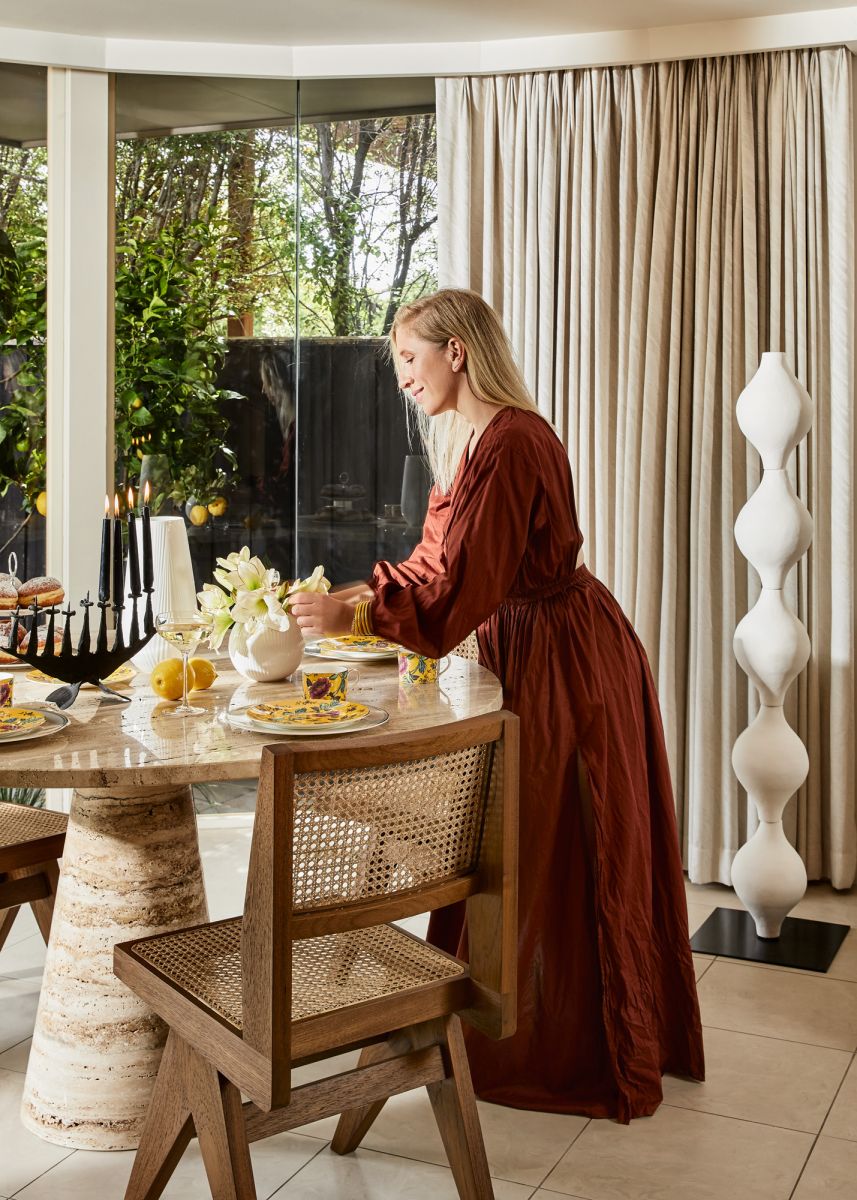Break the rules and trust your taste: 5 interior design truths to live by
We know when we’ve stepped into an expertly designed room. We might feel alive, expansive, more at ease – and inspired to kick our own interior design game up a notch. But where do we start? How can we design like the experts? And what are the unspoken rules we need to follow to have a picture-perfect home? We could dive into design dos and do-nots. What’s in and what’s out; what’s right and what’s wrong. But what if we had permission to experiment with our home decor? To play with form and function – and break some rules? That’s the attitude Melbourne-born interior designer Tali Roth brings to her work. Founder of Tali Roth Interior Design, a studio with locations in Melbourne and New York, Tali shares her advice for creating a space that’s harmonious. Beautiful. And authentic – to you. Throw out the rulebook – it’s time to have some fun.
Tali’s design philosophy
It was 2012. And, after running her own fashion label for three years, Tali Roth was exploring other artistic mediums.
Her desire to create bespoke designs was leading her deeper into interior design. Tali sought out industry experts, attended events, and eventually re-trained at RMIT. (She’d initially studied psychology at Monash.)
After graduating, she moved to New York. There, in 2015, she founded her own design studio.
Today, Tali Roth Interior Design is an impressive operation. With projects spanning Melbourne to Manhattan, the studio has a strong residential focus – with some commercial clients, and the odd hospitality project, on its books.
Tali approaches each and every project with a fresh perspective. Her tastes and talents are well-honed. She knows exactly what she likes – and what she doesn’t.
“I'm a mid-century girl through and through,” she says. “I love luxury and comfort – a little bit sexy and a little bit fun.
“I want layers and textures and colour and richness – and a story of some sort. A white-washed space is of no interest to me.”
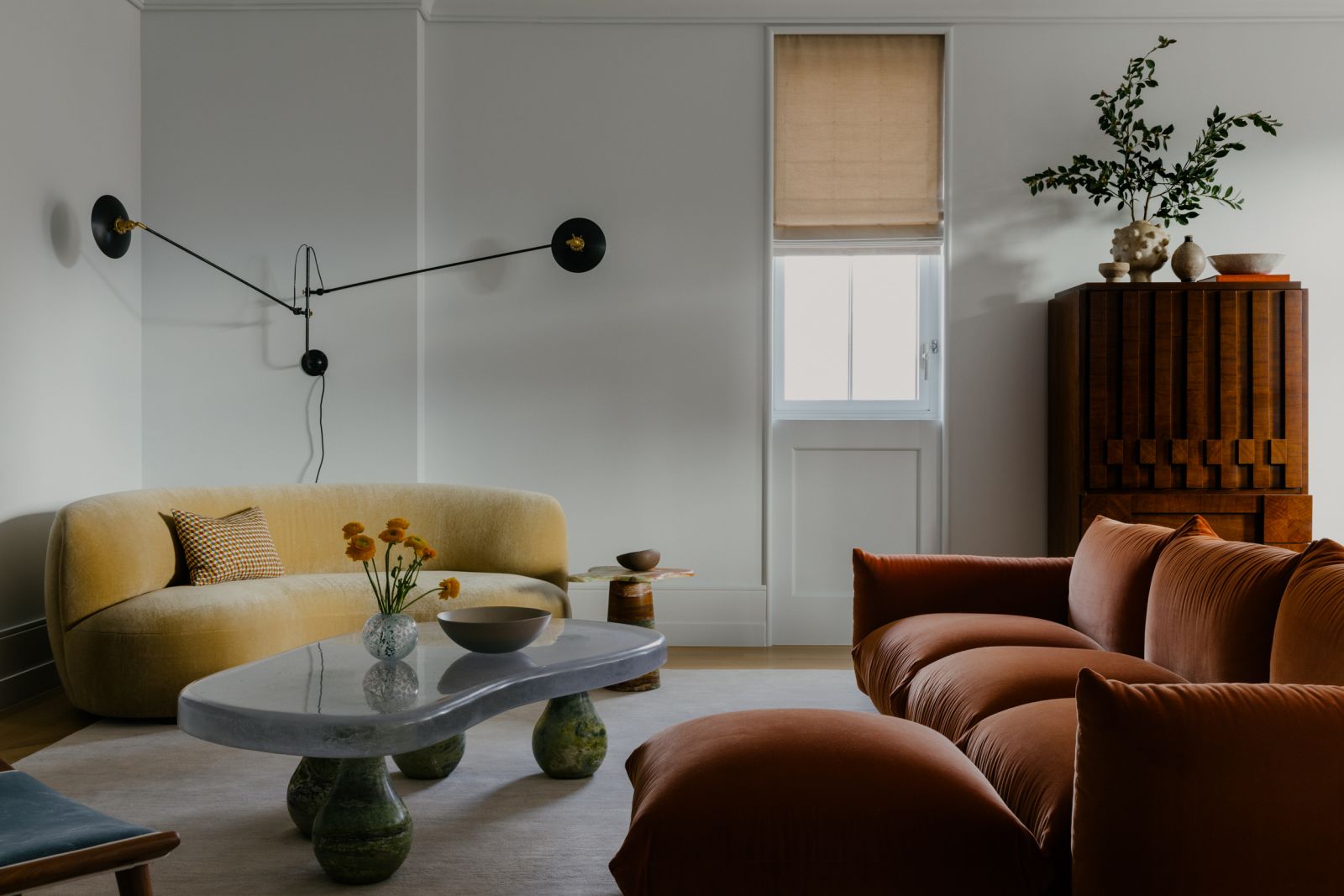
Photo credit: Nick Glimenakis
5 design principles from a principal designer
Tali’s mid-century sensibilities peek through in much of her work. We may not be able to replicate her unique designs – but we can certainly adopt her approach to the process.
So here are five principles to bear in mind as you dip your toe into interior design. Some playful. Some practical. All valuable.
1. Your place, your taste
When you’re considering a home makeover, it’s tempting to look outward – not inward – for ideas. Catalogues, websites and Architectural Digest ‘Open Door’ videos are useful reference points – but let’s remember that it’s your home you’re designing for.
When you’re looking for inspiration, Tali says that your style – and your history – are the best sources to mine.
“People underestimate their own sense of style,” says Tali. “Sometimes I meet people who have incredible fashion sense, but they think they’re clueless when it comes to interior design. To that I say: why the lack of confidence?
“Think about the things you wear. What do you love wearing? What colours and materials do you feel really good about?
“Look at your personal history, too. What was your favourite room in your childhood home? Maybe you loved the oversized, overstuffed furniture your grandparents had. Would furniture like that work anywhere in your house?
“Draw on that. It’s all important.”
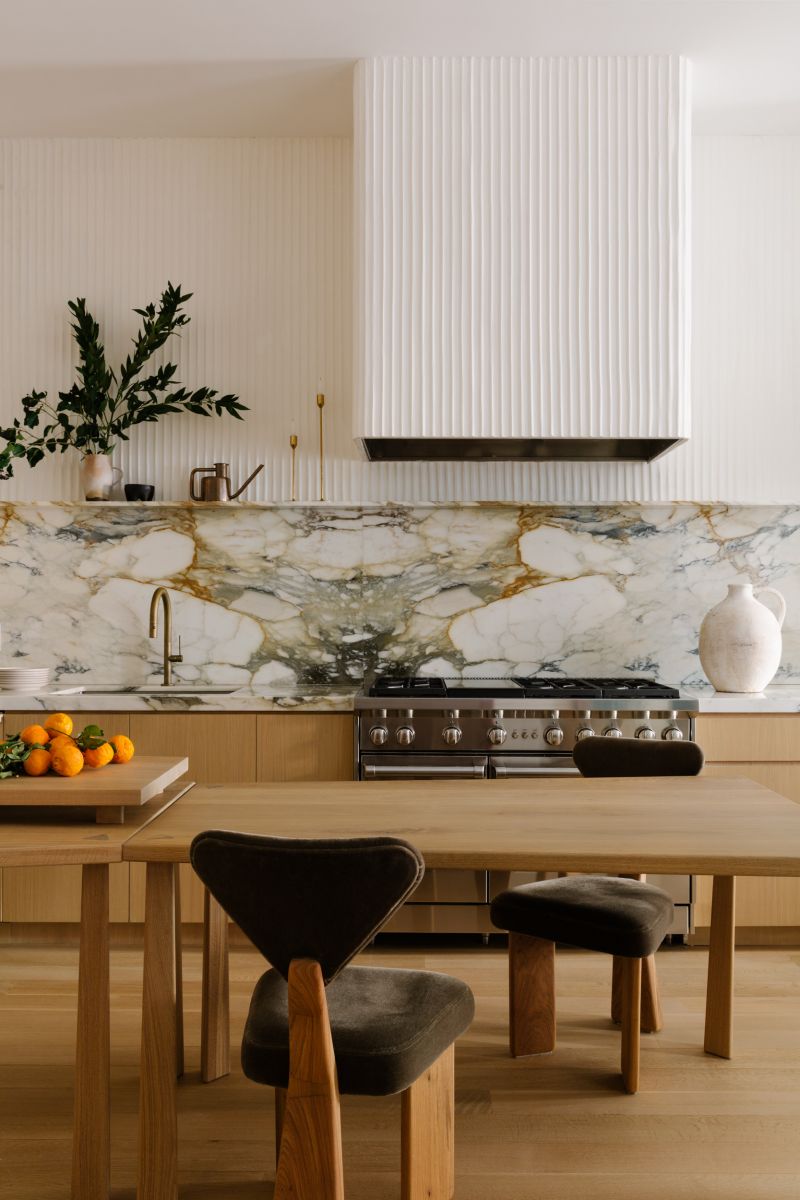
Photo credit: Nick Glimenakis
2. Expensive isn’t always better
Budget can be a major obstacle to achieving a certain look. Particularly when it comes to furniture.
Browsing high-end furniture stores is exhilarating – even more so when you’ve got cash to splash. But take it from Tali: a high price isn’t always right.
“If you're just trying to re-create something that's brand new, that's like a fad or a phase, you'll likely outgrow it,” she cautions. “I don’t really believe in trends – because they come and go.”
Trending items can range from prohibitively expensive to practically disposable. Whatever the case, Tali recommends investing in items of personal value – especially sentimental.
“Custom-made furniture is definitely worth it. If you have a vision for a statement piece, do a little research in your area and invest in something made just for you.
“But not everything in your home needs to make a statement. You might just need somewhere to store the kids’ toys – for that stuff, I think IKEA is so good.”
Tali laughs. “People hate when I say that.”
3. Mixing materials is more than fine
How important do you feel uniformity is in interior design? Matching colours? Shades? Materials? It might be a personal preference – or maybe it’s limiting your creative potential.
Perhaps, many years ago, you laid down lightwood floor panels that stretch from your kitchen to the lounge. Now you’re eyeing off a new dining table in deep, dark mahogany – but you’re worried it won’t match your home’s pale-toned vibe.
Do your light floors mean you’re locked into like-coloured furniture forever? According to Tali, absolutely not.
“People often ask me about mixing materials,” says Tali. “’What if I want to add brass hardware in my kitchen? I’ve got silver cutlery – would that work?’
“Woods, metals, upholstery… Whatever the materials, my answer’s the same: mix and match! If you’ve got light floors and you want dark furniture, I think that sounds fabulous.”
Tali’s personal style has clear elements of postmodernism: a movement that values personality as much as functionality. She favours the sophistication of mid-century modernism – but she finds plenty of energy in taking creative risks.
“You don’t have to keep everything uniform,” she stresses. “A light floor can just be a neutral palette that everything builds on. It’s not legally binding!”
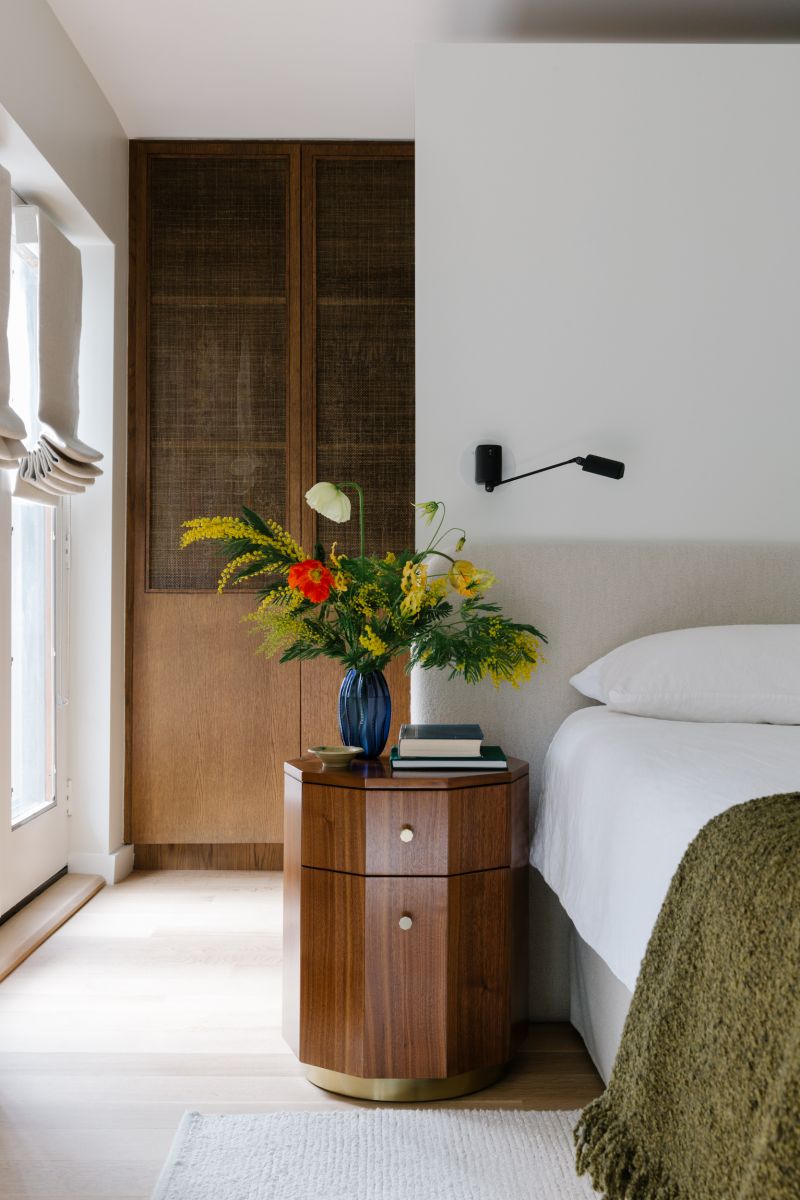
Photo credit: Nick Glimenakis
4. Successful designs are successful in context
There’s much more to interior design than complementary colours and uniquely shaped furniture. Take lighting: a crucial, but less talked about, element of interior design.
A lamp, a wall sconce, a skylight: all are possibilities when you’re designing a room. But did you know they each correspond to a different type of lighting, as well?
“There are three types of lighting to consider: natural, ambient, and task lighting,” Tali explains. “A well-lit room covers all these bases.
“Natural lighting is self-explanatory. Skylights. Large windows. Reflected light from a large window. Natural light makes any room feel more inviting.
“Ambient lighting is softer – you might call it ‘mood lighting’. In bedrooms and lounge rooms, I like a central chandelier for that.
“In spaces where you need to perform tasks – reading, writing, cooking – you need task lighting. So, enough lighting that's directly illuminating the area you’re working in. Think downlighting, undercabinet lights and desk lamps.”
Getting the lighting right in a room is a powerful way to improve the functionality – and harmony – of your space. So when designing each room, ask yourself – what is this room for? What will I do in there? What would I like to do in there? Remember: form follows function.
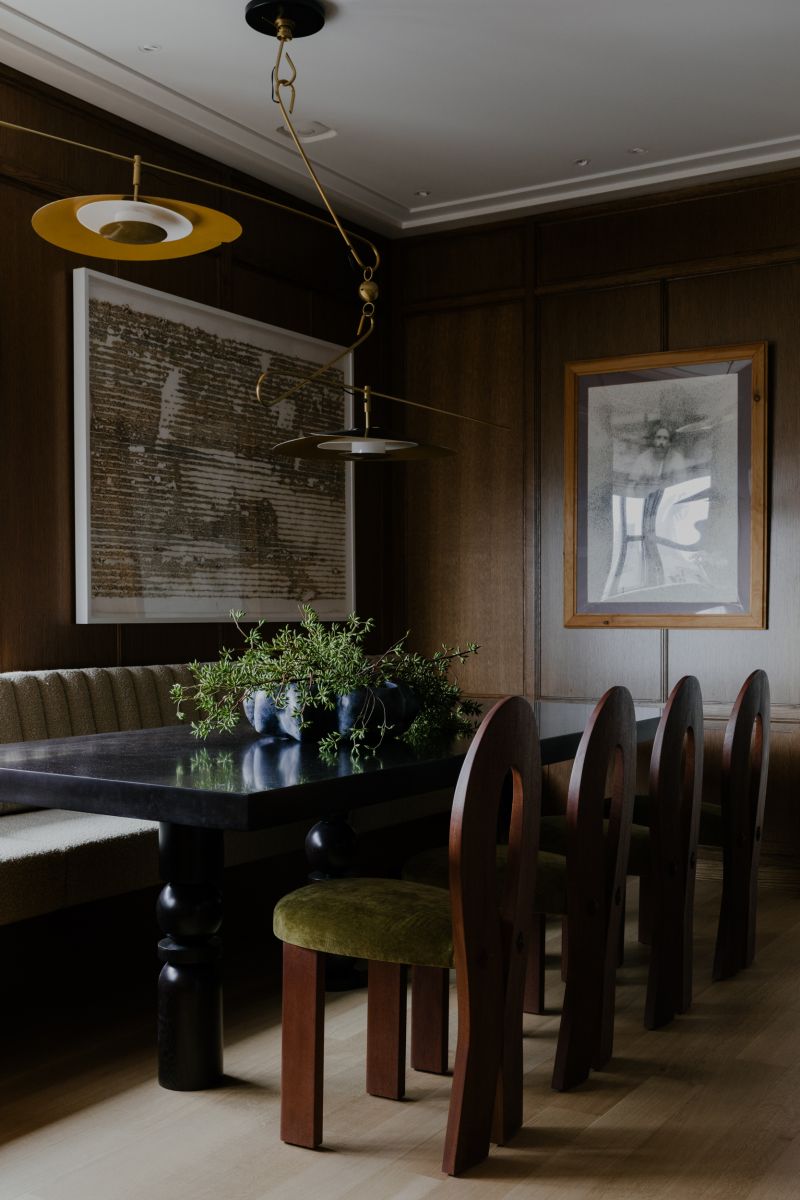
Photo credit: Nick Glimenakis
5. Small changes make all the difference
We might think we need to wait until we have the right floors or the right windows – even the right home – to make any changes. This hesitancy afflicts established homeowners and first-time buyers alike. And it’s something Tali encounters every day.
Her advice? Interior design doesn’t need to involve a complete home makeover. Changes can be small – and they can dramatically improve our happiness.
“People often tell me they don’t want to make changes unless they’re in just the right circumstances,” she says. “Maybe they just bought a home and they don’t like the flooring, so they feel like they can’t re-decorate yet.
“To me, that’s not a reason to live with things you don’t like. If you plan to change your floors in the future, just pick decor you like – and try not to worry about it ‘working’ with something that won’t be there forever.
”Whether you’re living in a rental, a home you’re about to sell, or your forever home, it’s vital to put that effort into your environment. Don’t let your investment go to waste. Use your space to its fullest potential!
“If you set up your home to live well, you’ll enjoy living there tenfold.”
Photo credit: Lillie Thompson
Approach interior design with enthusiasm – not fear
It’s easy to take a fear-based approach to interior design. To stick with grey walls, rely on no more than a splash of colour, and hope for the best.
But the philosophy Tali advocates is more open-ended. Her perspective to interior design is informed by quality, personality, history – and the knowledge that trends are fleeting.
“Creating something based on a store catalogue doesn't really create a memorable space,” Tali says. “In my work, I want to help people evoke a feeling.”
So – what feelings do you want your home to evoke in your guests when they step across the threshold? And what emotions do you want your home’s interior to provoke in you yourself?
It may sound cliché – beauty, eye, beholder and all that – but the answer will always be unique to you. Whatever it is – an impulse, an instinct, an intuition – trust it.
It’s a better yardstick than you might think.
Main photo credit: Lillie Thompson
